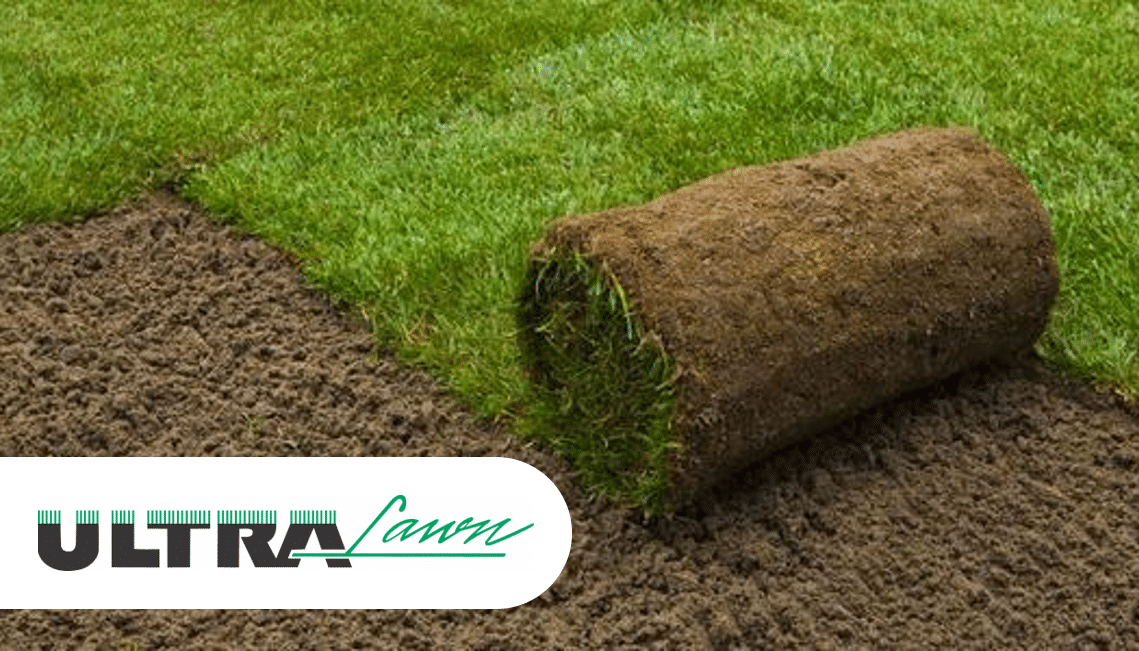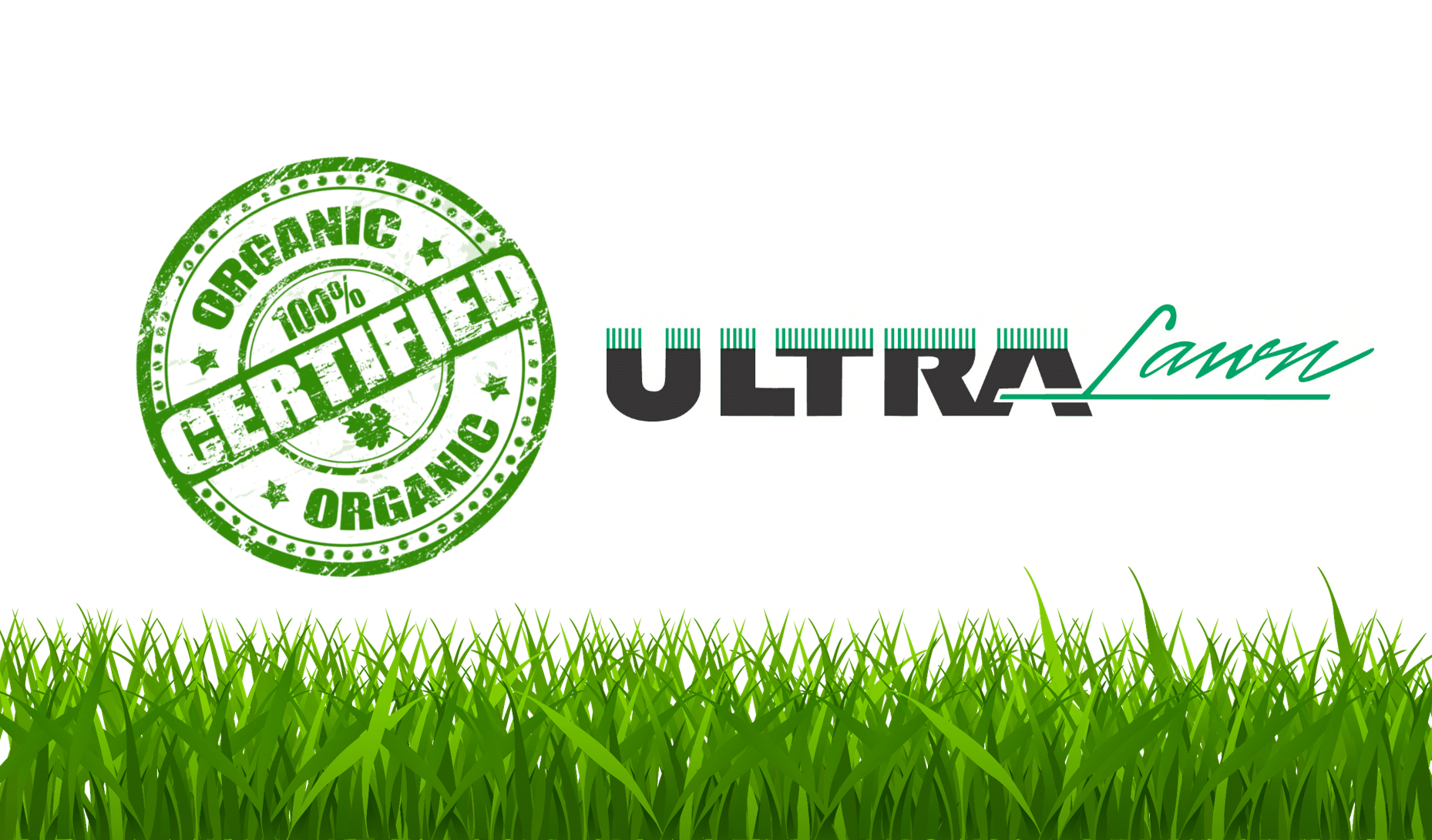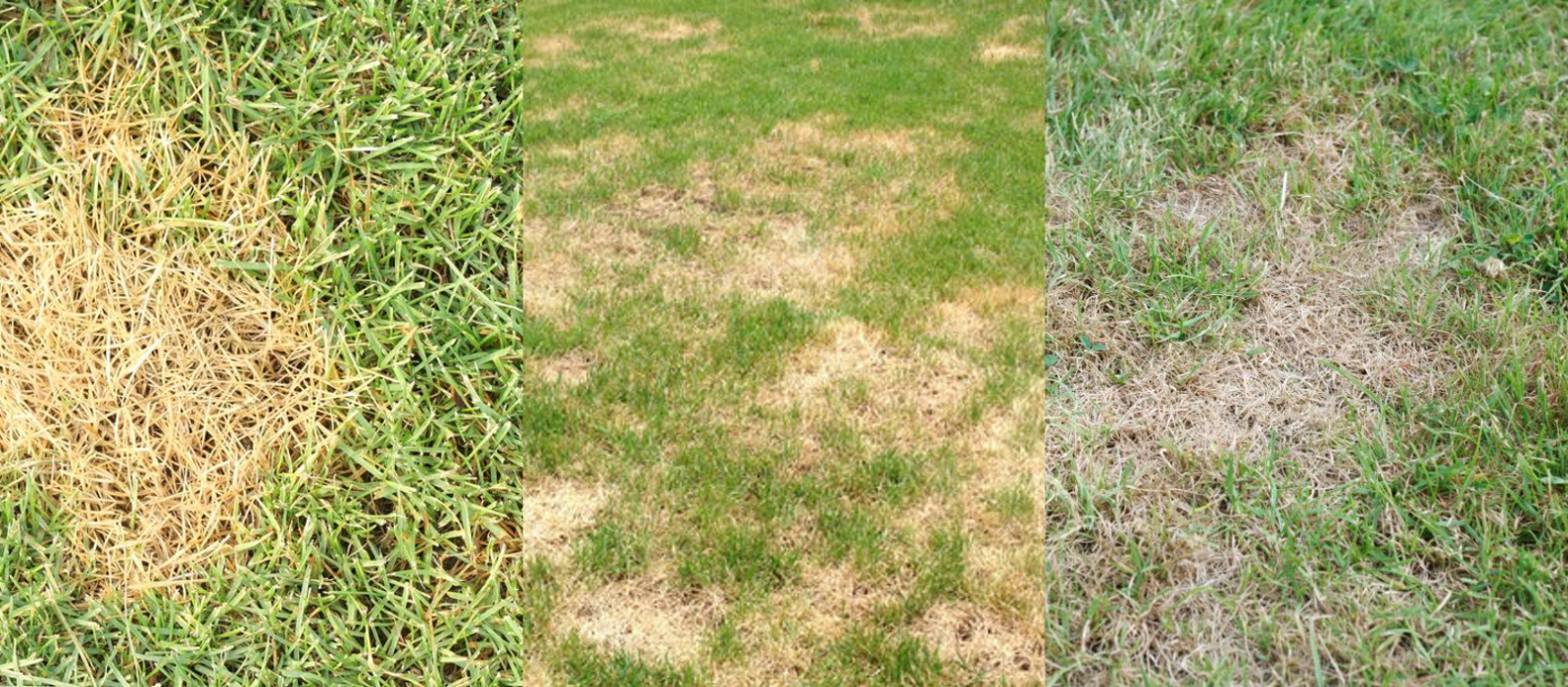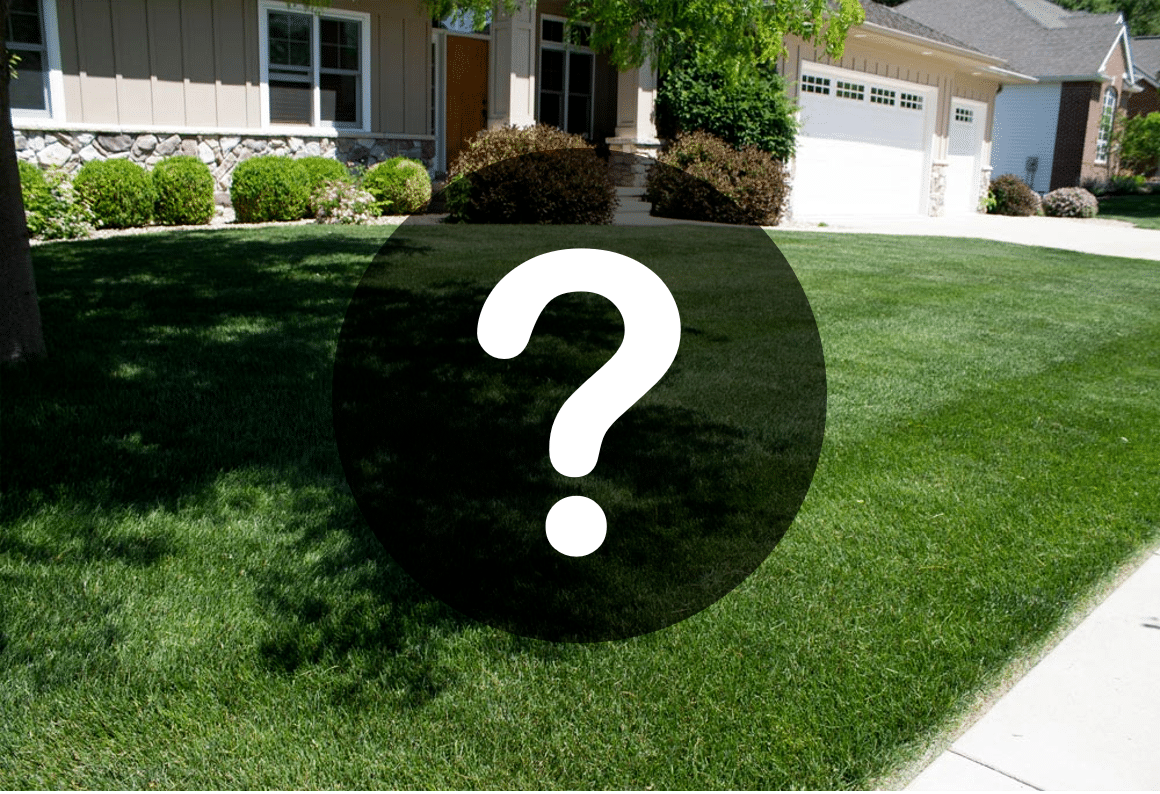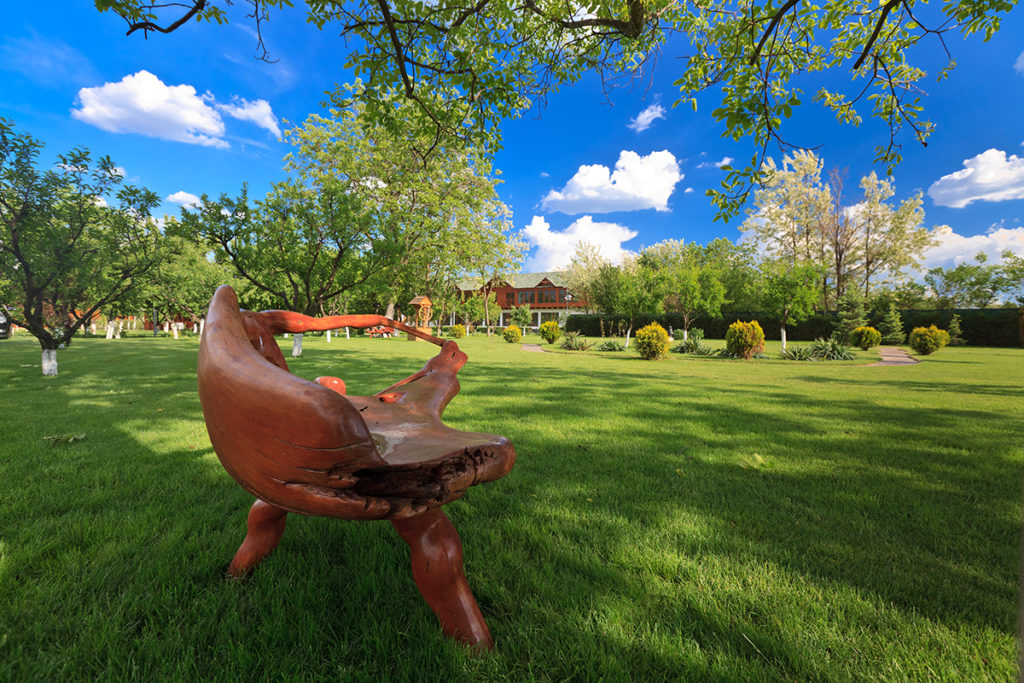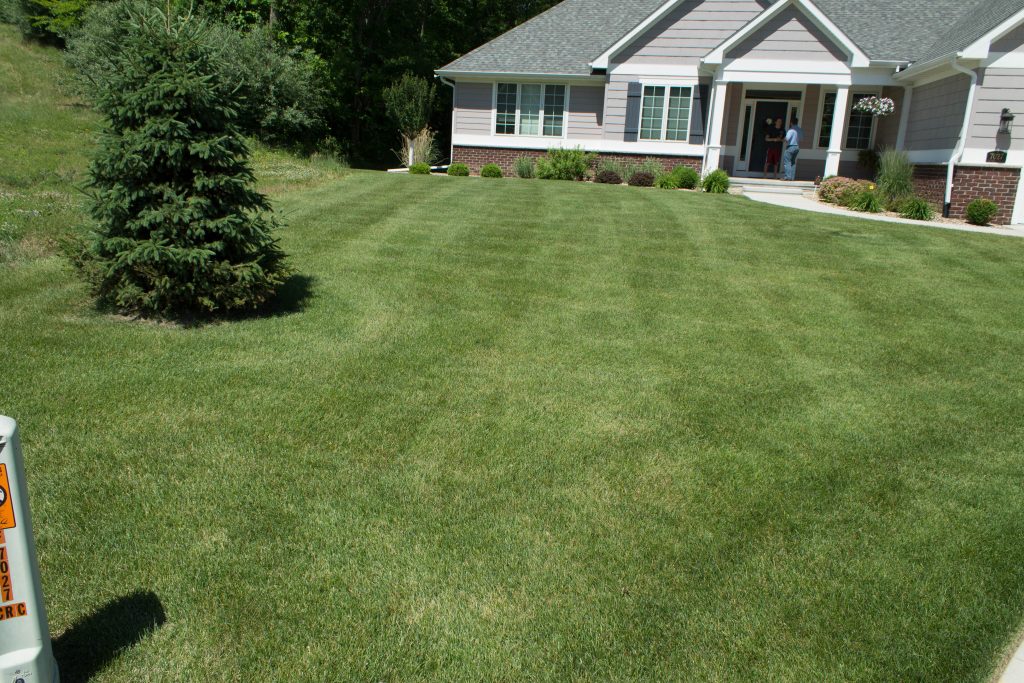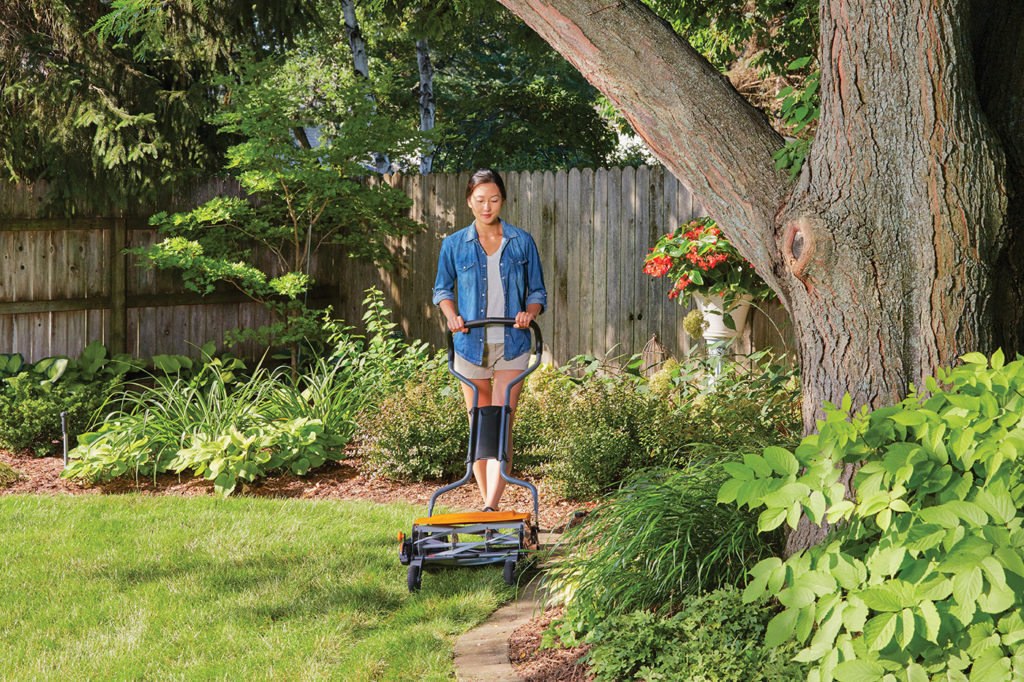With these basic care instructions you should be on track to have one of the nicest lawns in the neighborhood! As the advocates for professional lawn care in eastern Iowa ULTRALawn always welcome your call or email if you have questions.
Continue readingThe Great (Fertilizer) Debate: Organic vs. Synthetic
Battling Yellow or Brown Grass?
Common Questions or FAQs about Our Lawn Care
Spring Success Checklist
Getting a strong head start is an important key to success for many tasks we face each year. Lawn care is no exception. While the weather isn’t what we typically expect in early spring, the new season is right around the corner. Here is a step-by-step ‘Success Checklist’ our specialists use to jump start your lawn’s growth and maintenance each year.
Continue readingHow to Get the Best-Looking Lawn for your Time and Money
If grubs overtake your lawn this spring, will you know how to get rid of them? Do you have the time and skill to effectively patch those ugly bare spots that developed over the winter? A lush lawn and beautiful landscape are on virtually every homeowner’s wish list, but a lack of time and knowledge commonly keep people from effectively caring for their own lawns.
Continue readingFour Easy Ways to Make Your Yard an Outdoor Oasis This Summer
Summer is the season when your backyard takes center stage. As warm weather arrives, it’s time to head outdoors and create a beautiful and lush outdoor space that you can enjoy all season long.
Continue readingIn 2017, Our Treatments Will Work Even Better
There’s a lot that goes into every application, from making sure the grass is well nourished to eliminating the weeds that like to compete for the goodies. We’ve always taken care to mix and use the most effective solutions for our area, but this year we’re able to use a special ingredient that doesn’t directly address lawn issues, it simply makes every application work better!
Continue readingThe Secret To Painless Fall Cleanup
Well, we’re getting ready to put another growing season behind us and, as fall approaches, so do the tasks of raking leaves, cleaning out gardens and packing away hoses and other gardening tools. It’s human nature to feel like you’re done with the yard work for another year, but don’t be too hasty. A few final fall tasks and you can lay the groundwork for a beautiful yard next year.
Continue reading5 Easy Tips for a Stunning Summer Yard
Summer’s arrival brings longer days and more sunshine. This season also means more of your favorite outdoor activities, such as relaxing in the backyard or working in the garden. In fact, there is no better time to refresh your outdoor space.
Continue reading
